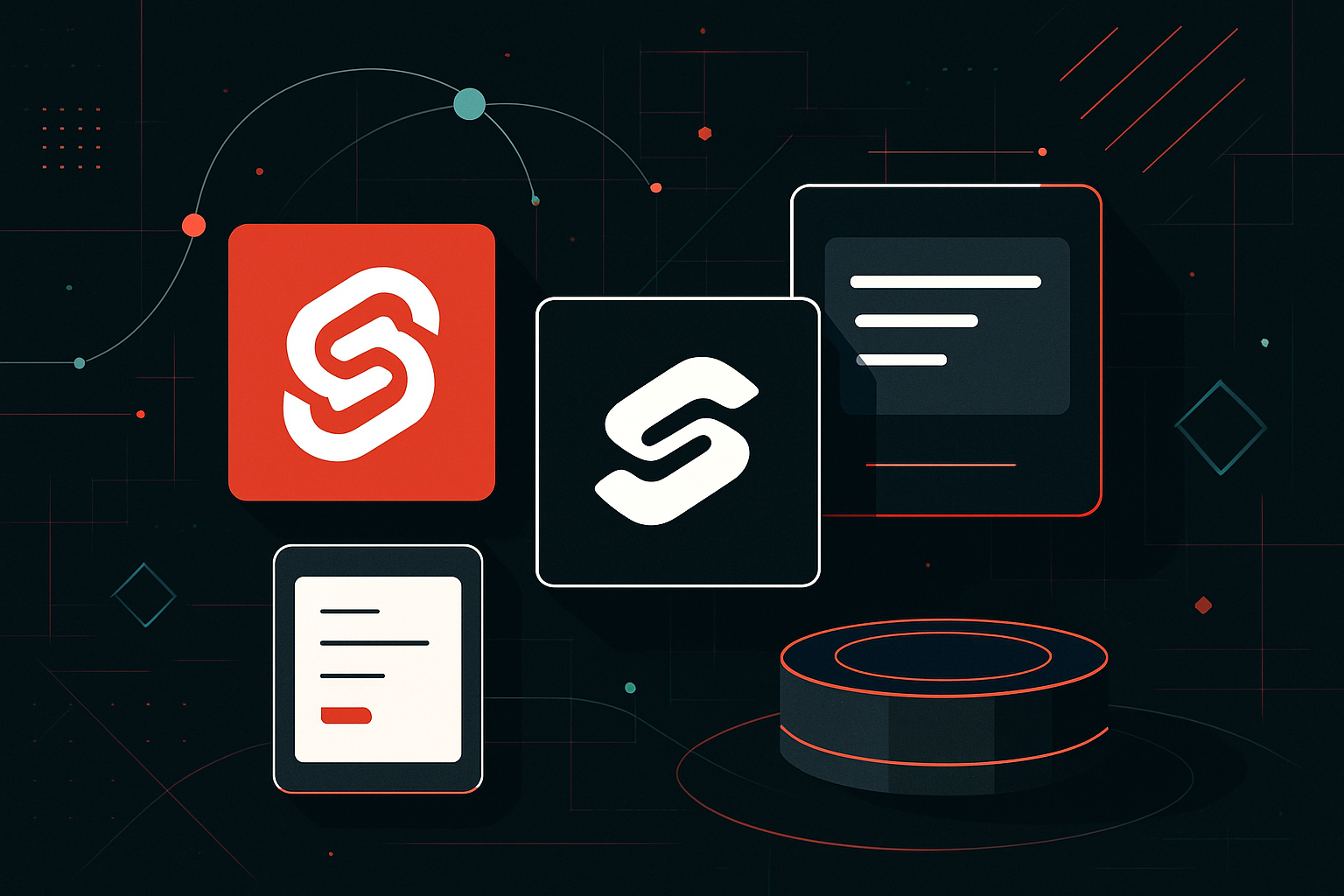Top Open Source Tools for Cybersecurity Professionals

Network Security Tools
Wireshark
Wireshark is a widely-used network protocol analyzer that allows cybersecurity professionals to capture and interactively browse the traffic running on a computer network. It provides detailed information about network protocols and enables users to dissect network packets in real-time.
Key Features:
– Deep inspection of hundreds of protocols.
– Live capture and offline analysis.
– Rich VoIP analysis.
– Decryption support for many protocols (e.g., IPsec, ISAKMP).
Practical Usage:
To capture packets using Wireshark, follow these steps:
1. Install Wireshark from the official website.
2. Open Wireshark and select the network interface you want to capture packets from.
3. Click on the start button to begin capturing packets.
4. Use filters like http, tcp.port == 80, or ip.addr == 192.168.0.1 to focus on specific traffic.
Nmap
Nmap (Network Mapper) is a powerful open-source tool used for network discovery and security auditing. It can discover hosts and services on a computer network, thus building a “map” of the network.
Key Features:
– Host discovery and OS detection.
– Service version detection.
– Network inventory and vulnerability assessment.
Example Command:
nmap -sS -p 1-65535 -T4 -A -v 192.168.1.1
This command performs a stealth SYN scan on all ports, speeds up the scan, detects OS, and provides verbose output.
Vulnerability Assessment Tools
OpenVAS
OpenVAS (Open Vulnerability Assessment System) is a comprehensive vulnerability scanner that can perform authenticated and unauthenticated testing, various high-level and low-level internet and industrial protocols, and more.
Key Features:
– Regular updates of Network Vulnerability Tests (NVTs).
– Performance tuning and open-source nature.
– Support for a wide range of operating systems.
Setting Up OpenVAS:
1. Install OpenVAS using your package manager, e.g., apt for Debian-based systems.
2. Run openvas-setup to configure the system.
3. Access the web interface at https://localhost:9392/ and login using the admin credentials set during setup.
Nessus
While Nessus is a commercial product, its free version, Nessus Essentials, is popular among cybersecurity professionals for individual use.
Key Features:
– Pre-built policies and templates.
– Comprehensive scan reports.
– Integration with major SIEM tools.
Example Usage:
1. Download and install Nessus Essentials.
2. Create a new scan, select the template, and configure scan options.
3. Run the scan and review the results in the dashboard.
Intrusion Detection Tools
Snort
Snort is a network intrusion detection system (NIDS) capable of performing packet logging and real-time traffic analysis on IP networks.
Key Features:
– Protocol analysis and content searching/matching.
– Detection of a variety of attacks and probes, such as buffer overflows, port scans, and more.
– Customizable with rules.
Basic Configuration:
snort -A console -i eth0 -c /etc/snort/snort.conf -l /var/log/snort
This command configures Snort to run in console mode, listening on interface eth0, using the specified configuration file and logging to the specified directory.
Suricata
Suricata is an advanced, open-source threat detection engine that supports IDS, IPS, and network security monitoring.
Key Features:
– Multi-threaded architecture for high performance.
– Protocol identification and file extraction.
– Lua scripting support for customized detection.
Installation and Setup:
1. Install Suricata using your package manager.
2. Configure suricata.yaml with network settings and rules.
3. Run Suricata in IDS mode with suricata -c /etc/suricata/suricata.yaml -i eth0.
Forensics Tools
Autopsy
Autopsy is a digital forensics platform that is used to analyze hard drives and smartphones efficiently.
Key Features:
– Recover deleted files from unallocated space.
– Extract browser history, emails, and contacts.
– Timeline analysis of file system changes.
Usage Overview:
1. Install Autopsy and launch it to create a new case.
2. Add a data source to analyze.
3. Use built-in modules like file analysis, keyword search, and hash lookup.
Volatility
Volatility is a memory forensics framework for incident response and malware analysis.
Key Features:
– Extraction of active processes, network connections, and DLLs.
– Identification of hidden processes and rootkits.
– Analysis of memory dumps from Windows, Linux, and macOS.
Basic Command Example:
volatility -f memory.dmp --profile=Win7SP1x64 pslist
This command lists all the active processes from a Windows 7 memory dump file.
Security Information and Event Management (SIEM) Tools
ELK Stack
The ELK Stack (Elasticsearch, Logstash, Kibana) is a popular open-source solution for managing and analyzing logs.
Key Features:
– Real-time data search, analysis, and visualization.
– Scalable and flexible architecture.
– Support for centralized logging and monitoring.
Installation Steps:
1. Install Elasticsearch, Logstash, and Kibana on your server.
2. Configure Logstash to collect and parse logs.
3. Use Kibana to visualize and analyze the data.
Wazuh
Wazuh is an open-source security monitoring solution for threat detection, integrity monitoring, incident response, and compliance.
Key Features:
– Real-time threat detection based on log data.
– File integrity monitoring and vulnerability detection.
– Integration with Elasticsearch for storage and Kibana for visualization.
Setup Instructions:
1. Install Wazuh server and agents on your infrastructure.
2. Configure Wazuh through its API or configuration files.
3. Use the Kibana app to analyze alerts and perform further actions.
Comparison Table
| Tool | Category | Key Feature | Open Source | Platform Support |
|---|---|---|---|---|
| Wireshark | Network Security | Protocol Analysis | Yes | Windows, macOS, Linux |
| Nmap | Network Security | Network Discovery | Yes | Windows, macOS, Linux |
| OpenVAS | Vulnerability Assessment | NVT Regular Updates | Yes | Linux |
| Nessus | Vulnerability Assessment | Scan Reports | No (Essentials free) | Windows, macOS, Linux |
| Snort | Intrusion Detection | Real-time Traffic Analysis | Yes | Windows, macOS, Linux |
| Suricata | Intrusion Detection | Multi-threaded Architecture | Yes | Windows, macOS, Linux |
| Autopsy | Forensics | Digital Forensics Platform | Yes | Windows, macOS, Linux |
| Volatility | Forensics | Memory Forensics | Yes | Windows, macOS, Linux |
| ELK Stack | SIEM | Real-time Data Analysis | Yes | Windows, macOS, Linux |
| Wazuh | SIEM | Threat Detection | Yes | Windows, macOS, Linux |
These open-source tools provide cybersecurity professionals with a solid foundation for network security, vulnerability assessment, intrusion detection, digital forensics, and security information management. By integrating these tools into their security practices, professionals can enhance their ability to detect, analyze, and respond to cyber threats effectively.





0 thoughts on “Top Open Source Tools for Cybersecurity Professionals”